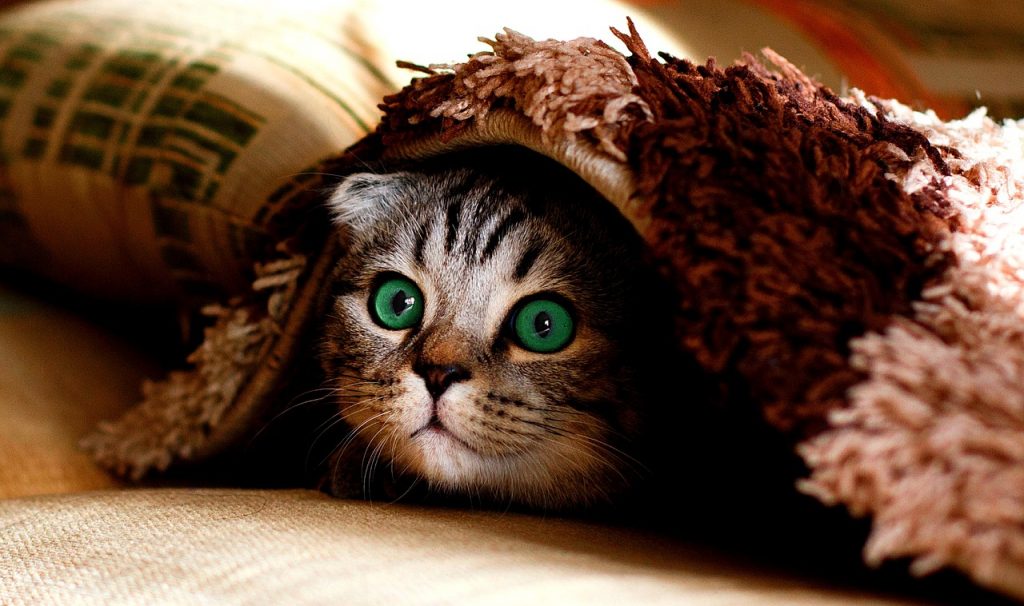
Hi everyone, Halloween, my favorite holiday, is this week. So here are some scary stories that are guaranteed to send tingles up your spine. Make sure you don’t read these alone. Also, if you’re looking for nonprofit-themed Halloween costumes, check out #NonprofitHalloweenCostumes on Twitter (“Dress in yellow clothing. Wear a brown hat. Say things like ‘We will triple the number of people served.’ You are a Strategic Flan.”)
The Chair
There was clearly something wrong with the chair. The team had received it from an anonymous donor. It showed up in the office one day, a shiny black executive swivel, ergonomic, with a headrest. Right away, it gave off a strange vibe that the team had never felt before. Staff who sat on it complained that it made them feel uneasy. Someone suggested they bring in a local medium who was known to be able to purify negative energy in objects and rooms.
Continue reading “More Nonprofit Scary Stories to Tell in the Dark”



